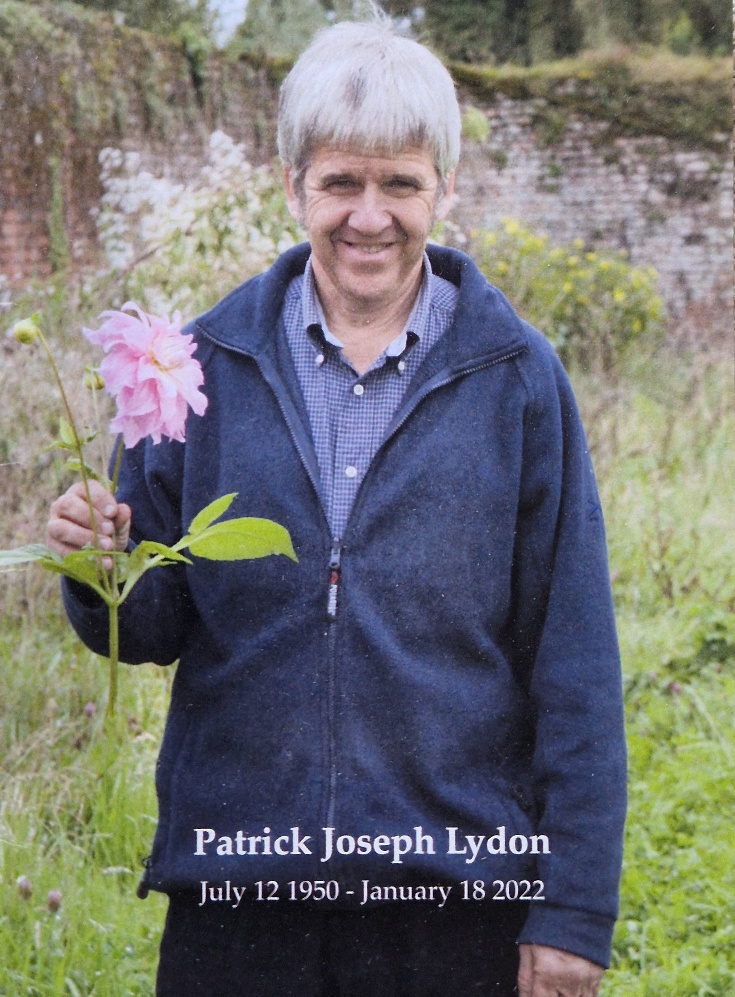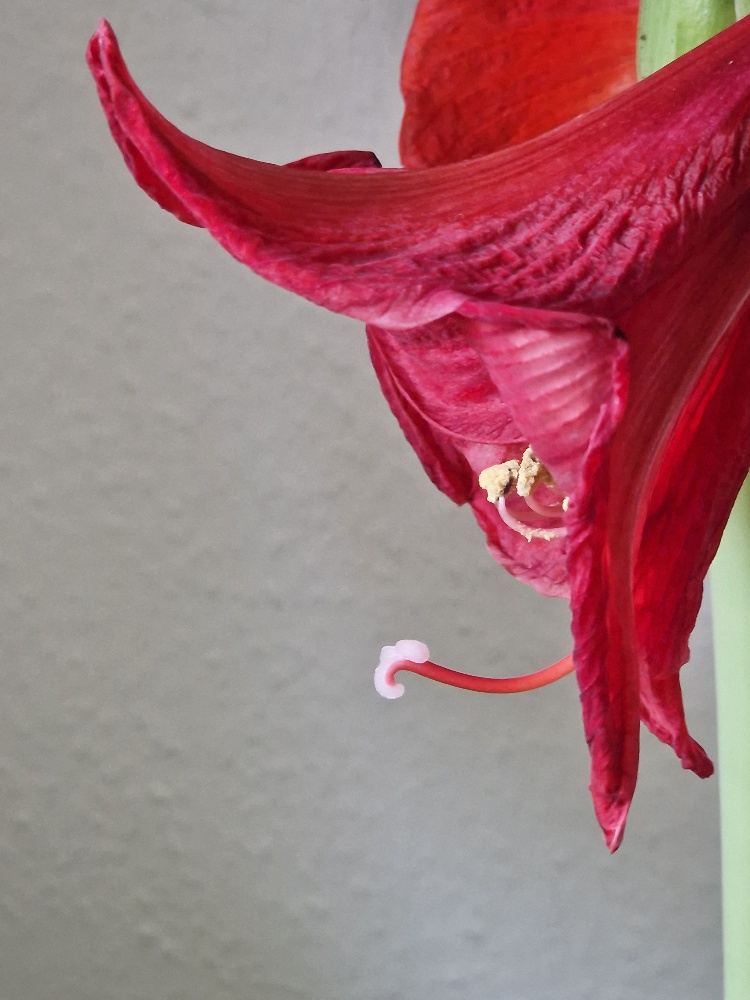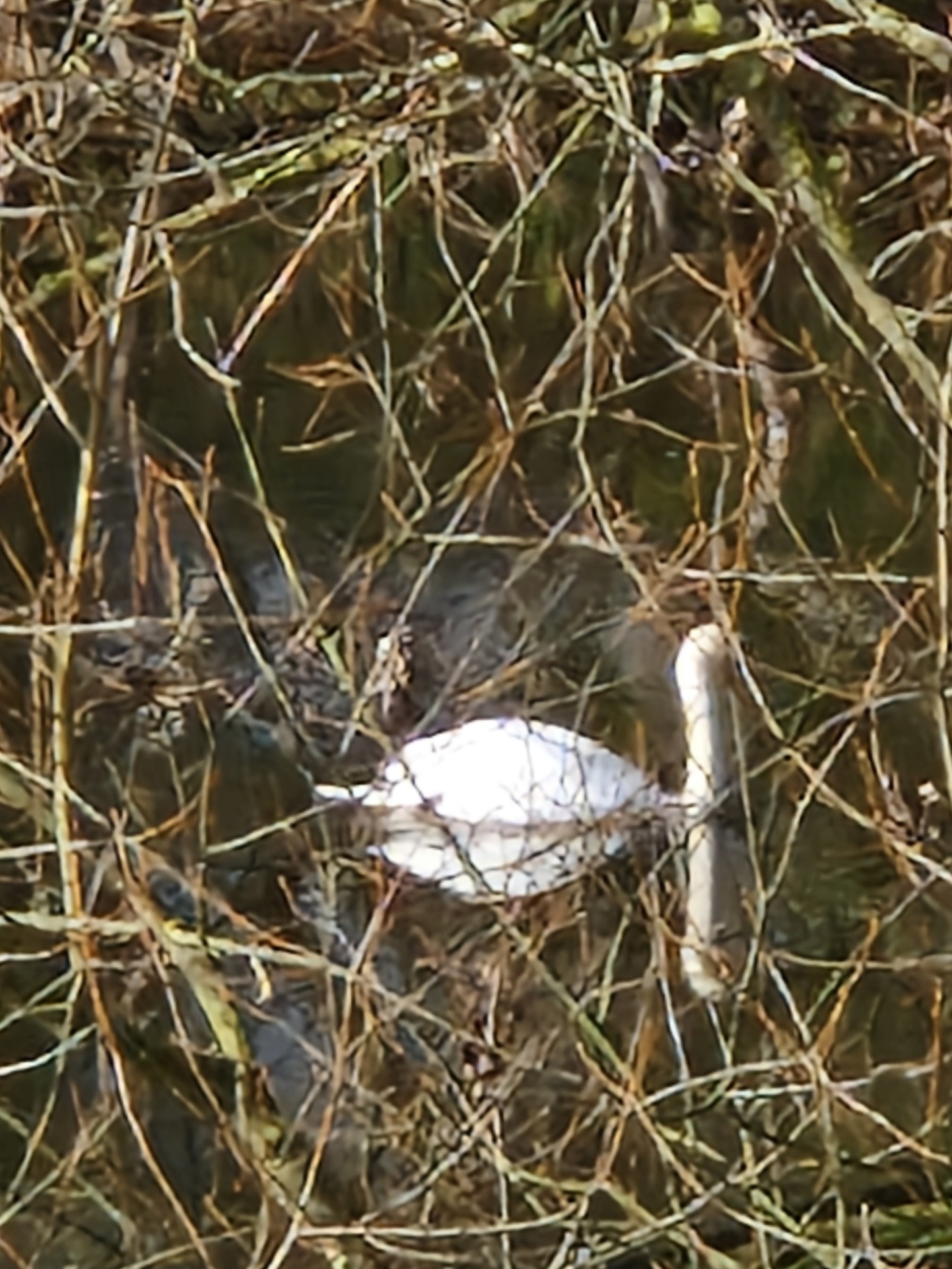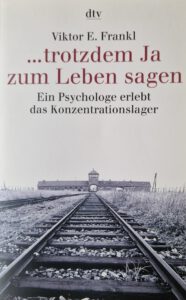I will call it the paradoxical theory of change, for reasons that shall become obvious. Briefly stated, it is this: That change occurs when one becomes what he is, not when he tries to become what he is not.
Change does not take place through a coercive attempt by the individual or by another person to change him, but it does take place if one takes the time and effort to be what he is — to be fully invested in his current positions. By rejecting the role of change agent, we make meaningful and orderly change possible.
Arnold Beisser, Paradoxical Theory of Change (1970)
We’re all assigned a piece of the garden, a corner of the universe that is ours to transform. Our corner of the universe is our own life — our relationships, our homes, our work, our current circumstances — exactly as they are. Every situation we find ourselves in is an opportunity, perfectly planned by the Holy Spirit, to teach love instead of fear. Whatever energy system we find ourselves a part of, it’s our job to heal it — to purify the thought forms by purifying our own. It’s never really a circumstance that needs to change — it’s we who need to change.
Marianne Williamson, Return to Love (1992)
There are no manuals for the construction of the individual you would like to become. You are the only one who can decide this and take up the lifetime of work that it demands. This is a wonderful privilege and such an exciting adventure. To grow into the person that your deepest longing desires is a great blessing. If you can find a creative harmony between your soul and your life, you will have found something infinitely precious. You may not be able to do much about the great problems of the world or to change the situation you are in, but if you can awaken the eternal beauty and light of your soul, you will bring light wherever you go. The gift of life is given to us for ourselves and also to bring peace, courage, and compassion to others.
John O’Donohue, Eternal Echoes (1999)
In the latest session of our Gestalt Therapy Training this past weekend, a short essay written by Arnold Beisser, a student of Fritz Perl’s, was mentioned. My curiosity having been stirred by the title, I have taken the time to read it and contemplate its contents. Beisser coined the application of this Gestalt theory as the „Paradoxical Theory of Change.“
This theory can be summarised as follows: Change happens when we become what we are, not when we try to become what we are not.
In other words, we can’t make ourselves or anyone change in line with some ideal, but we will naturally change in an organic, meaningful, and orderly way if we only allow ourselves and others to be as we and they truly are.
The caterpillar does not engage in a coercive attempt to change herself into a butterfly. She is wholly at one in her caterpillar existence. Without this self-acceptance of „what is“, the organic transformation cannot take place.
How do we get to such a point of growth and development? The first step is to quit running away from our version of „what is“. Our society stimulates us to be on the run, around the clock. Addictions, both substance-related and behavioural, are the grease that keeps the wheels of our modern global consumer society moving.
As long as we buy into the lie: „I’ll be happy when…“ we will be tilting at windmills like our old friend Don Quixote and suffering from the artificial scarcity created by the transactional market system of capitalism.
Why do we play this loser’s game? What is the payoff?
This way of living ensures that we never come into genuine contact with who we really are, a very human and comprehensible strategy for anyone who themselves have experienced the „unbearability of being“, the feeling of insufferableness of being in one’s own skin. We will never „awaken the eternal beauty and light of our soul,“ as John O’Donohue so beautifully expresses it.
Only from the inside does the hamster wheel appear to be a ladder of ascent. It is only when we step off or are catapulted out that we begin to recognise the reality of our situation. The relinquishment of incessant distraction and the resulting numbing of our feelings allows room for self-awareness which, in turn, opens the way to self-acceptance.
The story of my life is the classical tale of childhood adversity wherein I learned to adopt a persona which felt like the best strategy for surviving the dysfunction of my family of origin. Bright, sensitive, and energetic, it was easy for my childhood self to adopt the role of the highly functional son and sibling, willing and able (or so I thought) to take on immense age-inappropriate responsibilities which would ensure that our large family of Mother, Father and ten children held together.
Alas, the load was too much, as it would be for any person, not to mind a young child. The impossibility of the task I set myself led to the deep shame of not being enough, and the accompanying guilt of not doing enough. In addition, that which I did was never „right“ – to the perfectionist standards of my caregivers.
Like many of my ilk, I discovered alcohol and other mood-altering drugs in my teens and was subsequently off to the races for the best part of three decades. The „altering“ was instant, like the effect of a magic wand. The effect of such drugs was that of feeling relaxed and in harmony with myself and the world. The German word is „Geborgenheit“, roughly translated as „snug as a bug in a rug“.
Though it never lasted long and was always eclipsed by deep shame surrounding the consequences of over-indulging and being out of control, that glimpse of pseudo-serenity was always so magnetic that the inevitable dire consequences of taking that first drink or lighting up the first joint were blotted out for long enough to get me started.
It was a case of the moth to the flame. And, as with every addict, once started there was no turning back.
When I came into the rooms of recovery in 2003, the Twelve Steps were suggested to me as a programme of healing and growth. The first step involves honesty, and honest appraisal of my life at that moment, „admitting that I was powerless over alcohol and that my life had become unmanageable.“ A process of overcoming denial and delusion, separating fact from fiction, and adherence to the facts.
After 26 years in the ring, it had finally become plain that this was a fight that could never be won. Though accompanied by intense anxiety, anger, and self-pity, it was good to see this clearly for the first time. Honesty implies fairness and straight forwardness of conduct, both in my inner world and in my interactions with other people, places, and things.
The second step revolves around hope. „Came to believe that a power greater than self could restore us to sanity.“ Many fellows in the room, sitting around the same table were already living proof of this hope.
The third step reads: „Made a decision to turn our will and our lives over the care of God, as we understood God.“ This requires faith. The complete confidence, belief, and trust that make up faith had become fallow during the early years of childhood adversity.
It was at that time that hyper-independence sprouted: Nobody can be trusted. I need to do everything myself. Counting on the support of others is so dangerous that control is the better option. I must know all the answers.
These and more are a result of experienced isolation and the root of self-isolation. In this vicious circle of erroneous beliefs, initially intended to protect us from the intolerable reality of our childhood situation, we become increasingly alienated and lonely.
My new friends told me that FAITH stands for „Finding Answers In The Heart“.
The inventory of the Fourth Step is the first real phase of getting to know ourselves at depth. By now we know who we are not and what strategies have consistently failed in life thus far. But who am I really?
Addressing this question requires courage. The word courage comes from the Latin „coe“, the later French „cour“, i.e., heart. So, the invitation is to move from compulsive mental anguish, our so-called stinking thinking, to tuning into our emotions and intuitions, through the heart.
Sharing our inventory, Step Five, is an act of integrity; the quality or state of being whole, complete, and sound of mind, heart, and soul. No showmanship here, perhaps for the first time in living memory.
Having discovered the patterns of thoughts, feelings, and behaviour that are no longer of service to us, we move on in the hope of being changed. There is a subtle, yet important, difference between changing and being changed.
Step Six is an act of willingness. We become willing to have these patterns, these traits born of our childhood wounds, removed from us. We do this in appreciation of the fact that they evolved out of the necessity to survive and did initially fulfil this goal. Judgement will derail us here.
Compassion is the catalyst that supports the healing.
Step Seven states that: „We humbly asked God to remove our shortcomings.“ Independent of our concept of God (of our own understanding — in my case energies of a frequency higher than those of ego identification) we are encouraged to be humble in placing this request.
Humility is the state of freedom from pride, haughtiness, arrogance, and self-assertiveness. It is a clear and concise understanding of who we are, followed by a sincere desire to grow into the fullness of who we can be. From the Latin „humus“ (earth), when we are humble, we stand with both feet placed firmly on the ground of reality.
This is where this programme of recovery ties in with the paradoxical theory of change. Change occurs when one becomes what he is, not when he tries to become what he is not.
There is no way of embracing who we truly are without re-feeling the pain, anger, and subsequent grief of transcending our childhood wounds (trauma). The paradox is that we are liberated from these wounds by embracing, owning, and treating them.
The prospect of this renewed pain is so terrifying for many of us, that we seek an easier softer way, in that we revert to primarily trying to change ourselves, other people, or the circumstances of our lives.
That is the old game of the ego, having re-entered through the back door. We shouldn’t be surprised when this happens. The ego is simply doing its job, i.e., protecting us from pain. This is why we need a Higher Power to unhook this Catch 22 dynamic.
The stance of „willing to be changed by being just who and where we are at any given time“ is similar to my experience when dancing. On a good day, when free of the self-consciousness of how others might view me, the experience becomes one of being danced rather than dancing. The Universe is dancing through me, one move at a time, in pure spontaneity and flow. This generates a wonderful feeling of vitality and joy.
The next topic in the Twelve Step process is that of clearing up the wreckage of the past, i.e., making amends.
Again, we have first the willing element of a tandem of steps, Step Eight. It is characterised by unconditional love, the unselfish concern that freely accepts another in loyalty, just as she is, and places her good above the desires, impulses, and fears of our ego.
Step Nine is the active element, the making of the amends. This comprises a concerted approach to deal with past harms we have caused, and the discipline manifested in the training that corrects, moulds, and improves the mental faculties.
I find the Positive Intelligence (PQ) modality very helpful in this respect. With the establishment and maintenance of Mental Fitness, the gap between stimulus and response unfurls and widens, reducing the probability of impulsive reactions while increasing our capacity for reflective response. We thus become the responsible adults we can be, becoming gradually liberated from the reactivity of the wounded Adult Child.
The transformation requires ongoing daily practice, a framework provided by both PQ and the Twelve Steps, in their own respective ways. Transformation is generally a case of 20% insights and 80% practice. Without practice, we tend to falter, and the enthusiasm tend to fizzle out over a matter of weeks or, at most, months.
Step Ten is a compact daily version of Steps Four through Nine: „We continues to take daily inventory and when we are wrong promptly admit it“. By doing so we minimise the need for further amends and continue to grow in humility.
This step requires patience and perseverance. We remain steadfast in the face of opposition or adversity. We become able and willing to bear whatever arises, even that which we considered unbearable before we began to recover. We persist in a stance of progress rather than perfection and cultivate a stance of unattached engagement. We learn to be present while relinquishing our insistence on any specific outcomes.
Step Eleven is how we cultivate our relationship with the Higher Energies of the Universe. We find our appropriate place in the overall scheme of things, „asking only for knowledge of God’s will for us and the power to carry that out.“
That is the scary part. The ego is threatened in its overblown self identity and will continually resist such a stance. With awareness, we can lead this dance with our disgruntled parts, while remaining compassionate, alive, and alert. We remain vigilant in observing the unfolding of this dance and undertake corrections, when necessary.
In this new energy of „being lived“ by the higher powers of the Universe, by the Great Spirit, we now pass on what we have been given. Here we see another paradox: it is in giving away what we have found that these gifts become more powerful in our own heart and soul. As we find in the Prayer of Saint Francis:
„It is in giving that we receive,
In pardoning we are pardoned,
And it is in dying (the dictatorship of the ego)
That we are born to eternal life…“
As Muhammad Ali once quipped: „Service to others is the rent you pay for your room here on Earth.“










